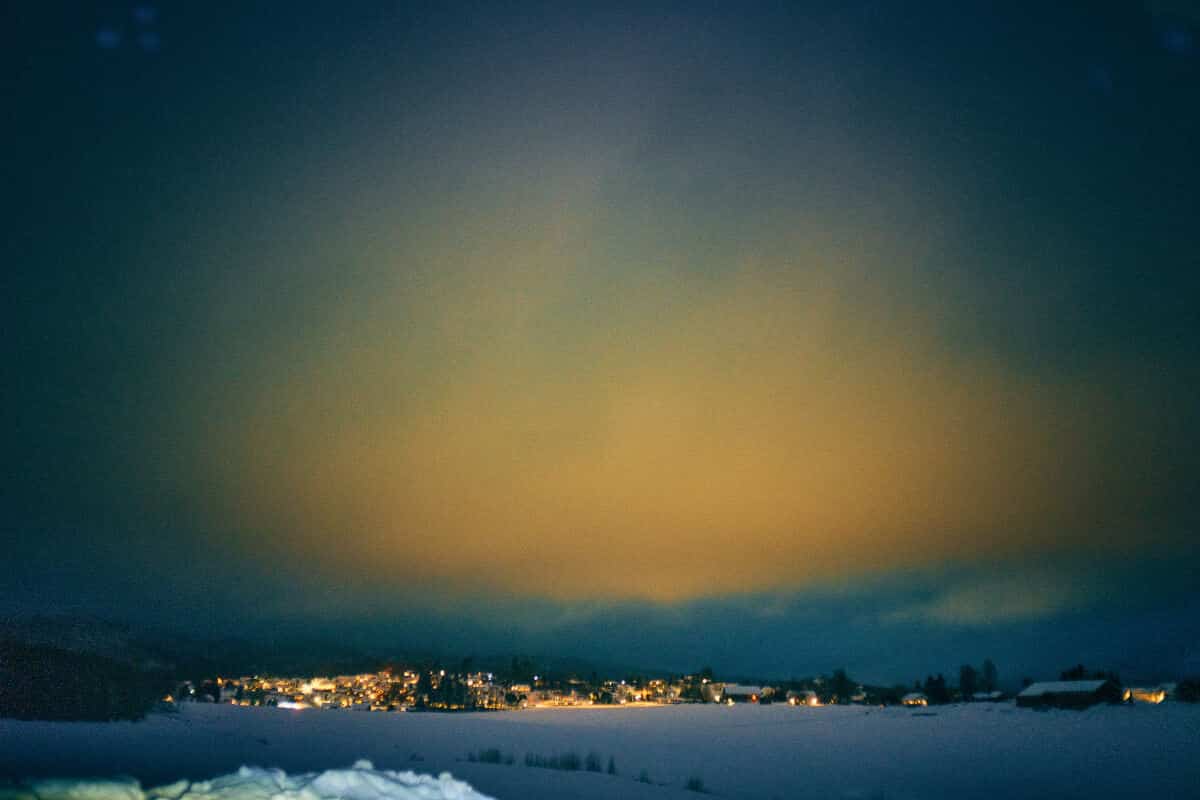After having photographed Mystic places across Europe for the last few years, the year 2024 started with my first exploration of the Nordic region. This journey begins in Sweden, Norway, and Finland, and later this year, it will extend to Estonia. It will be a continuation of my search for places that are steeped in myths and tales of magic, including those connected to the people or the land itself. I plan to visit locations linked to Norse mythology, sacred stones and mountains, and venture up to the Arctic Circle where the Sámi people live, along with their sacred places in nature. The journey has just started, and hopefully, with the help of local people, I will be able to add this region to my project, Mystic Echoes, which showcases Europe’s sacred places and traces of ancient mythologies and religions.

In Greek mythology, Hyperborea was the distant land beyond the north wind, where the sun shone constantly, creating an eternal spring—a paradise where Apollo found solace and rejuvenation during the winter months. This place of perpetual light and harmony resonates with the descriptions of Alfheim in Norse mythology, the realm of the Light Elves, beings associated with beauty, enlightenment, and, in some interpretations, the natural elements of light and air.
Both Hyperborea and Alfheim symbolize lands of eternal light and exceptional nature, untouched by the passage of time and mortal woes. These parallels suggest a mythical bridge where the sun’s endless journey across the sky by Apollo’s chariot mirrors the luminous aura of Alfheim, a realm illuminated by its own inner light, possibly reflecting the midnight sun phenomenon above the Arctic Circle. This natural wonder, where the sun remains visible at midnight during the summer months, could be seen as a real-world manifestation of these mythical places, connecting the divine landscapes of Greek and Norse myths.
to be continued…
I aim to explore which sacred sites can be featured in my project and determine which images I am allowed to share, particularly those approved by individuals who continue to protect and preserve their connection to these ancient spaces. This process involves respectful negotiation, as not every sacred place is intended for public viewing. Some are meant to remain hidden to preserve their sanctity for those who hold them dear. My journey is not merely about capturing images but also about understanding and honoring the custodians’ wishes of these sacred sites, ensuring that only those places meant for public eyes are revealed.
Given the region’s current extreme winter conditions, I am grateful to have started this journey. However, I recognize the necessity of a return visit in the upcoming months. Such a visit is crucial for fully engaging with my work, as it will allow me to conduct my research under more favorable environmental conditions.


